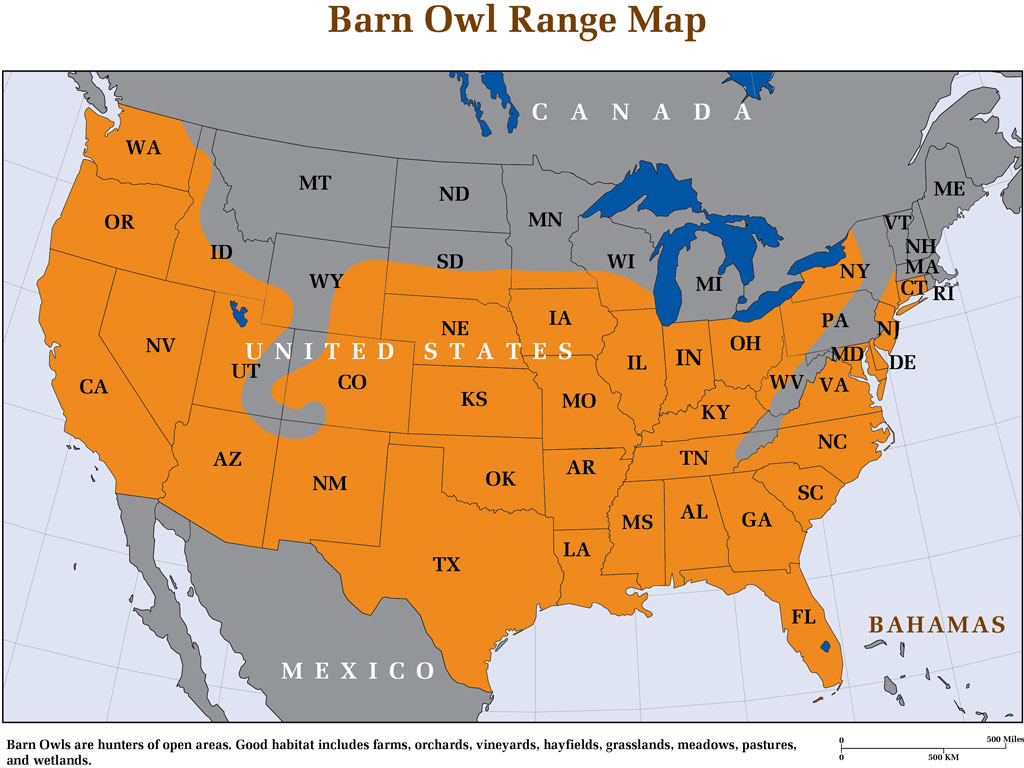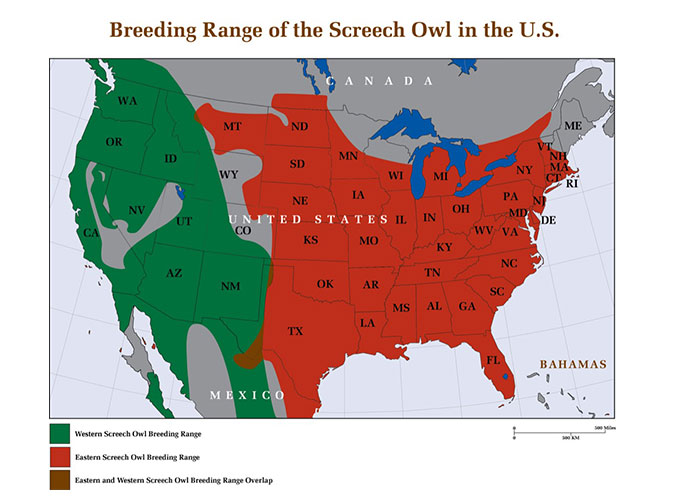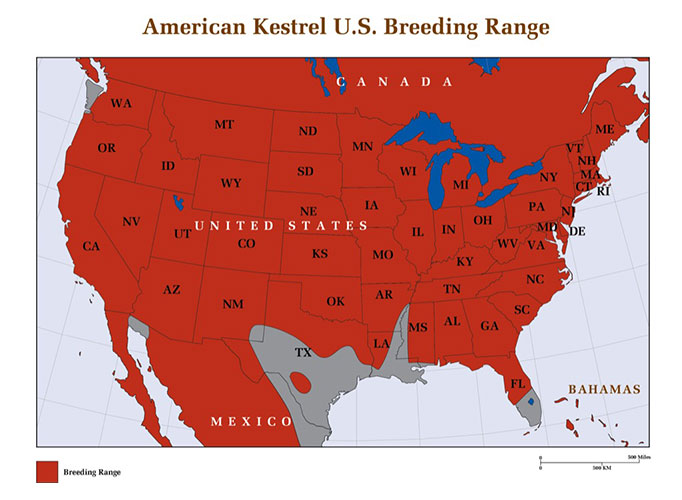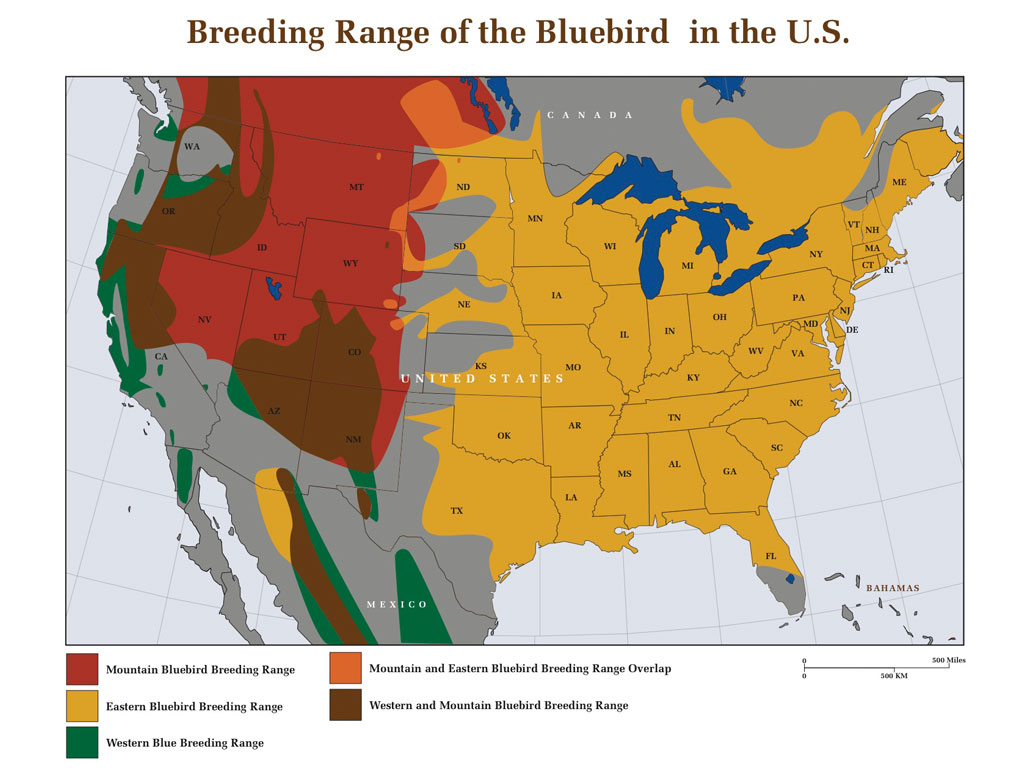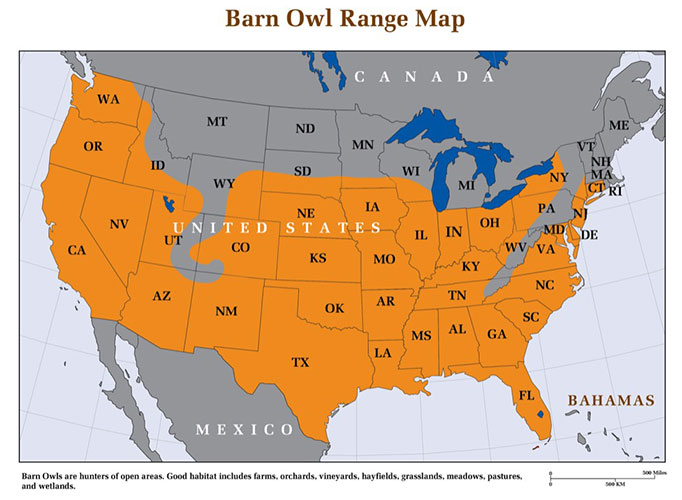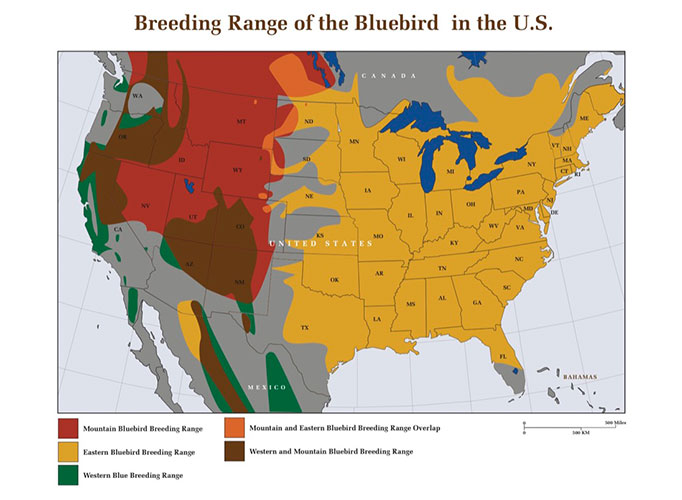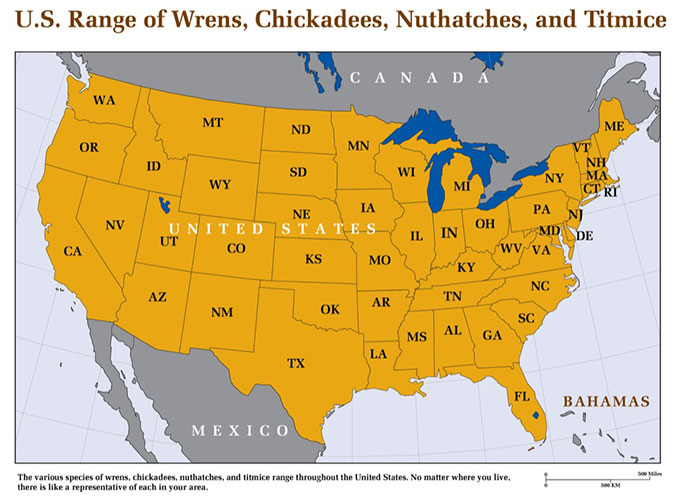Free Shipping to the Contiguous United States
What direction should I face my nest box?
Although barn owls will nest in a cavity facing any direction, there does seem to be a preference for easterly facing directions (NE, SE, or E). This is a thermoregulatory choice—boxes facing east receive warm morning sun but then face…

